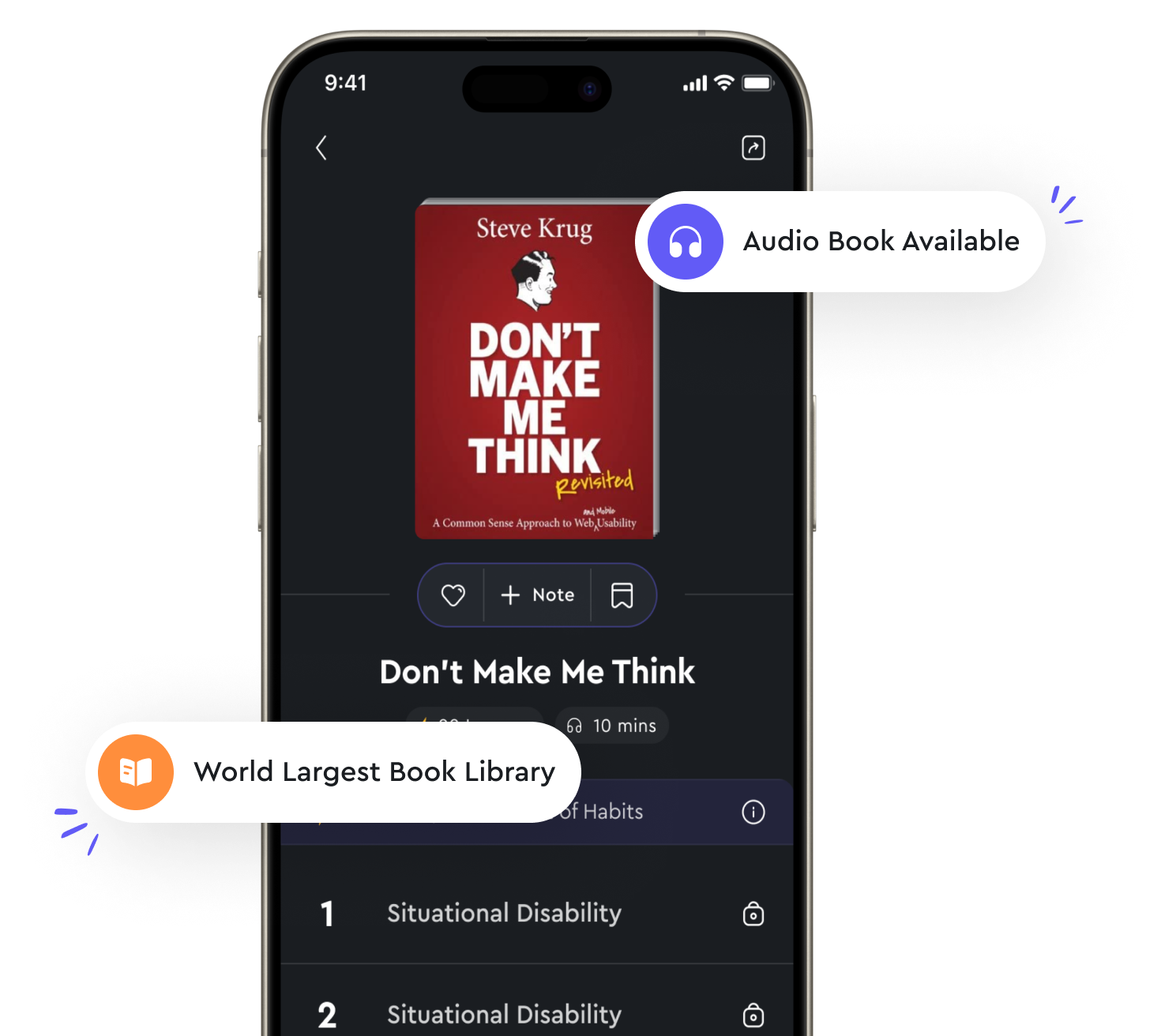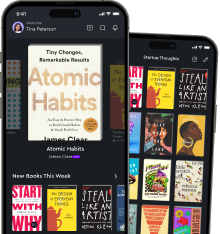Covalent compounds share electrons between atoms from "summary" of NCERT Chemistry Class 11 - [CBSE Board] by Dr. S. C. Rastogi, ,Er. Meera Goyal
Covalent compounds are formed when atoms share electrons with each other. This sharing of electrons happens between atoms that have similar electronegativities, which means they have a similar tendency to attract electrons. In covalent bonding, atoms come together to share a pair of electrons in order to achieve a more stable electron configuration. When atoms share electrons, they are able to fill their outermost energy levels, also known as valence shells. This shared pair of electrons is often represented by a single line between the two atoms in a structural formula. Each atom in the covalent compound contributes one electron to the shared pair, resulting in a stable arrangement for both atoms. The sharing of electrons in covalent compounds can be either equal or unequal, depending on the electronegativities of the atoms involved. If the atoms have similar electronegativities, the sharing is equal, leading to a nonpolar covalent bond. However, if the atoms have different electronegativities, the sharing is unequal, resulting in a polar covalent bond. In a polar covalent bond, the atom with the higher electronegativity attracts the shared pair of electrons more strongly, leading to a partial negative charge on that atom and a partial positive charge on the other atom. This creates a dipole moment in the molecule, which gives it certain physical and chemical properties.- The concept of covalent compounds sharing electrons between atoms is essential in understanding how these compounds are formed and the nature of the bonds that hold them together. By sharing electrons, atoms can achieve greater stability and form molecules with unique properties based on the arrangement of their shared electron pairs.

